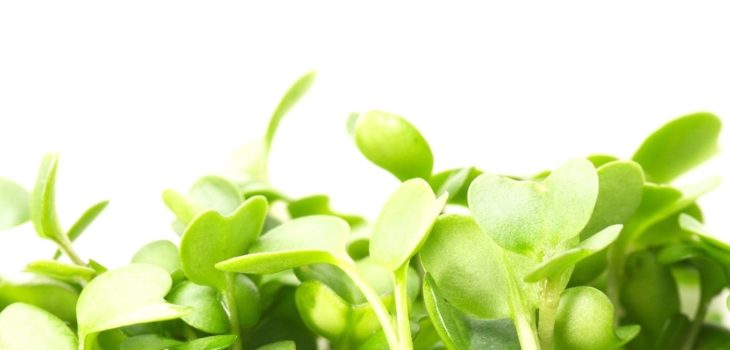 Misc
Misc
Grow Your Own Microgreens
Microgreens are nutrient-packed young greens that can be grown easily at home, even on a windowsill or kitchen bench. They offer a fast, low-cost way to add vitamins and flavour to your diet.
Growing Medium
Use a sterile, moisture-retentive medium like coconut coir, seed-raising mix, or organic potting soil. I like to use Milkwood’s best Ever Seed Raising Mix: 2 parts coir and compost, 1part sand, 1 part worm castings. Avoid regular garden soil, as it may introduce pests or diseases.
Recycled Containers
Plenty of recycled containers can be used—just ensure they are food-safe and clean, with drainage holes:
- Takeaway food containers
- Plastic salad boxes
- Clamshell packaging
- Old baking trays
- Yoghurt tubs (with holes added)
Best Seeds to Grow
Choose seeds known for reliable microgreen crops (just ensure you’re picking the right seeds for your season):
- Peas
- Radish
- Mustard greens
- Broccoli
- Sunflower
- Buckwheat
- Mung beans
Nutritional Benefits
Microgreens often have 3–40 times higher vitamin, mineral, and antioxidant levels than mature greens. They’re rich in potassium, iron, zinc, magnesium, copper, and essential vitamins (A, C, E, some Bs).
Advantages of Growing Microgreens
- Ready to harvest in 7–14 days
- Require little space or equipment
- Provide concentrated nutrition
- Add flavour and colour to food
- Reduce grocery costs and plastic waste
Best Places to Grow Them
Ideal spots include sunny windowsills, kitchen benches, or any warm, well-lit indoor space. Outdoors in a sheltered spot also works, but avoid locations exposed to harsh weather.
Step-by-Step (Milkwood Method)
- Soak seeds (optional for some types) overnight
- Fill container with moist growing medium
- Sow seeds thickly and evenly
- Mist with water; cover with a lid or damp paper until sprouted
- Place in a bright spot when shoots appear
- Harvest with scissors after first set of true leaves form
Common Mistakes
- Overwatering or underwatering—keep medium just moist
- Using non-sterile soil
- Not providing enough light for strong growth
- Overcrowding seeds or failing to cover seeds for germination
- Poor airflow, leading to mould growth
Growing microgreens is simple, rewarding, and accessible—bringing fresh nutrition into your home in under two weeks.
Explore this topic in more detail
Milkwood’s free downloadable guide and videos: https://www.milkwood.net/sprouts-microgreens-guide/
Milkwood’s HOW TO: Grow Sprouts and Microgreens, right on your kitchen bench: https://www.youtube.com/watch?v=oPJRtJZLFO8
Milkwood’s microgreens in garden beds: https://www.milkwood.net/2015/11/02/growing-super-microgreens-in-garden-beds/
Common mistakes: https://onthegrow.net/blogs/news/microgreen-growing-mistakes-how-to-avoid
A guide for engineers (or people who like step-by-step photo instructions): https://extension.psu.edu/a-step-by-step-guide-for-growing-microgreens-at-home/
A comprehensive guide to growing from start to finish: https://www.youtube.com/watch?v=dtvuMNVLISo
Nutrients and health benefits: https://pmc.ncbi.nlm.nih.gov/articles/PMC9864543/; https://www.sciencedirect.com/science/article/pii/S2772566921000057
Fantastic written guide to different types of microgreens, germination times, care, soils etc https://www.bootstrapfarmer.com/blogs/microgreens/the-ultimate-microgreen-cheat-sheet
Mistakes to avoid: https://www.youtube.com/watch?v=hNvYjh0O5Zc
To soak or not to soak?: https://www.theseedcollection.com.au/blog/Should-You-Soak-Your-Seeds-Before-Sowing

